
AllQuestion and Answers: Page 740
Question Number 144781 Answers: 1 Comments: 0
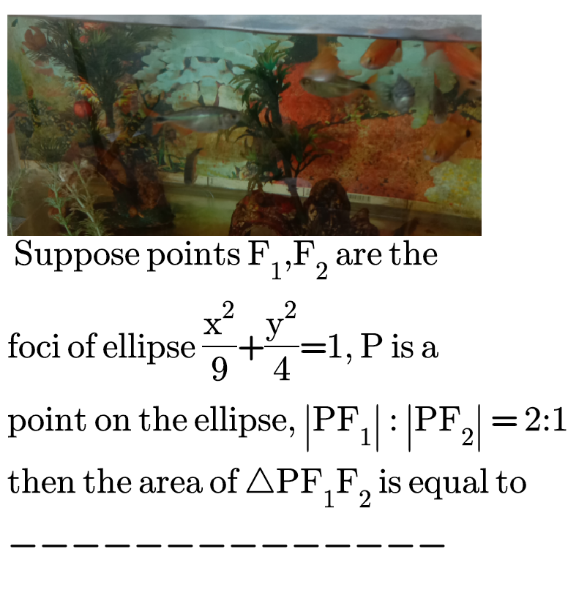
Question Number 144780 Answers: 0 Comments: 0
Question Number 144777 Answers: 2 Comments: 0
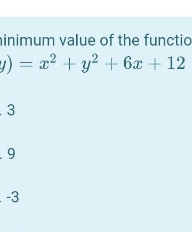
Question Number 144772 Answers: 1 Comments: 0

Question Number 144771 Answers: 0 Comments: 0
Question Number 144768 Answers: 0 Comments: 0
Question Number 144767 Answers: 2 Comments: 0

Question Number 144764 Answers: 1 Comments: 0

Question Number 144763 Answers: 0 Comments: 0
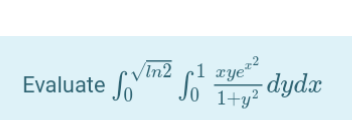
Question Number 144760 Answers: 1 Comments: 0
Question Number 144756 Answers: 1 Comments: 1
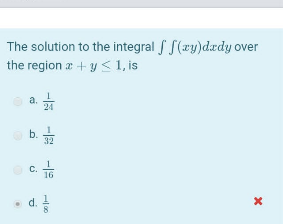
Question Number 144754 Answers: 0 Comments: 0
Question Number 144753 Answers: 1 Comments: 0

Question Number 144744 Answers: 1 Comments: 0

Question Number 144742 Answers: 0 Comments: 0
Question Number 144738 Answers: 1 Comments: 0
Question Number 144736 Answers: 3 Comments: 0
Question Number 144734 Answers: 0 Comments: 0
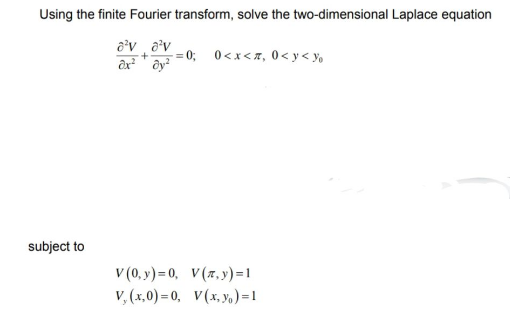
Question Number 144733 Answers: 0 Comments: 0

Question Number 144727 Answers: 2 Comments: 0
Question Number 144724 Answers: 0 Comments: 0

Question Number 144721 Answers: 0 Comments: 0
Question Number 144720 Answers: 1 Comments: 0
Question Number 144716 Answers: 1 Comments: 0
$$\int\left(\frac{{dx}}{{e}^{\mathrm{2}{x}} +\mathrm{1}}\right)=? \\ $$
Question Number 144708 Answers: 2 Comments: 0
Question Number 144705 Answers: 1 Comments: 0
Pg 735 Pg 736 Pg 737 Pg 738 Pg 739 Pg 740 Pg 741 Pg 742 Pg 743 Pg 744
